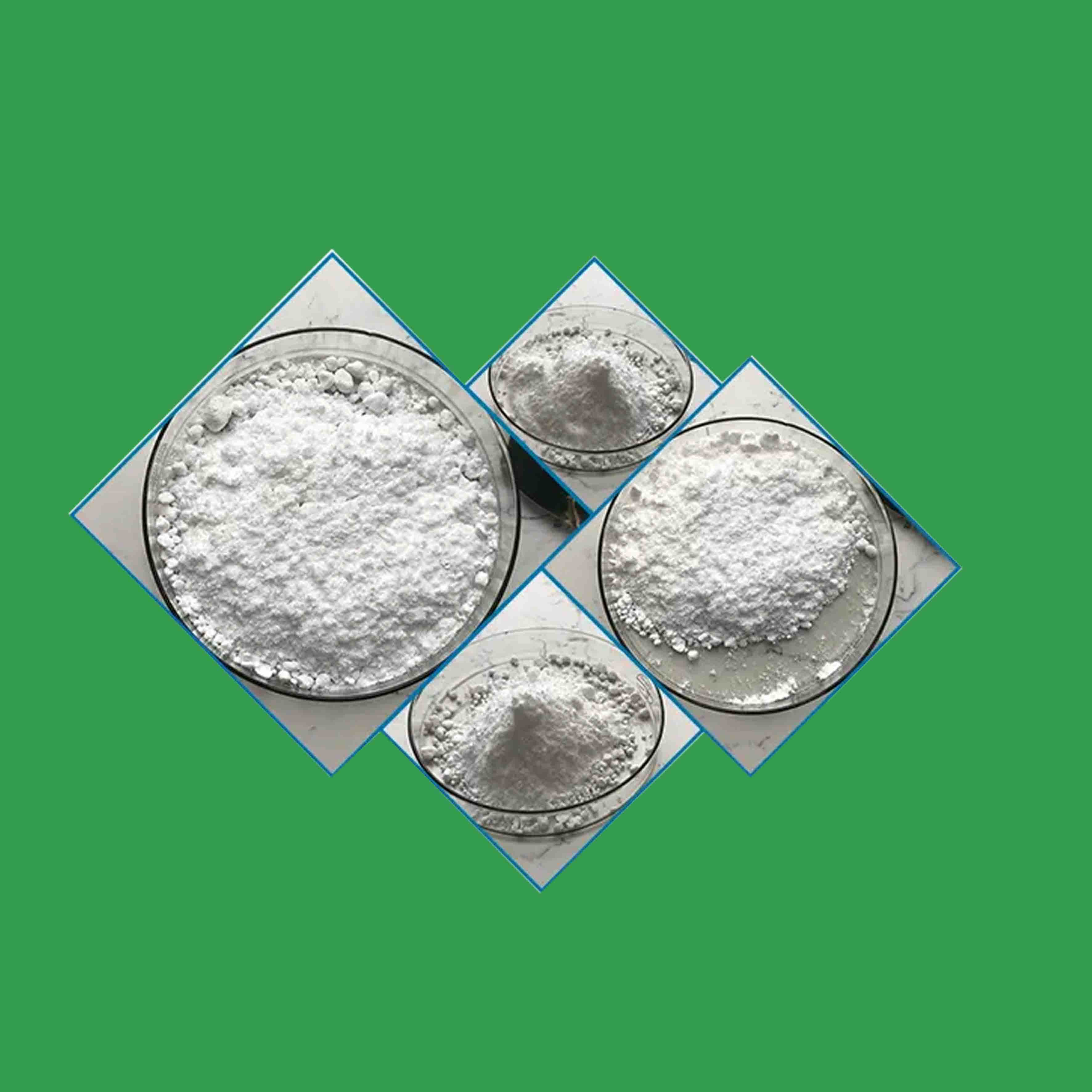
iul. . 23, 2024 14:25 Back to list
Enhancing Titanium Dioxide Performance with Organic Surface Treatment for Plastic Manufacturing Applications
The Importance of Rutile Grade Titanium Dioxide with Organic Surface Treatment for Plastic Factories
Titanium dioxide (TiO2), a widely used white pigment, plays a crucial role in various industries, particularly in the manufacture of plastics. Among its different forms, rutile-grade titanium dioxide is the most favored due to its superior optical properties, robustness, and ease of processing. This article explores the significance of rutile-grade titanium dioxide and the benefits of organic surface treatment in enhancing its performance for plastic factories.
What is Rutile Grade Titanium Dioxide?
Rutile is one of the three primary mineral forms of titanium dioxide, the others being anatase and brookite. Rutile-grade TiO2 is characterized by its high refractive index, which endows it with excellent opacity and brightness. These properties make it an essential component in plastic products, where a high degree of whiteness and light stability is desired.
In the context of plastic manufacturing, rutile-grade titanium dioxide is preferred for its resistance to UV light degradation, which is crucial for outdoor applications. Its chemical stability ensures that the plastic products maintain their color and mechanical properties over time.
The Role of Organic Surface Treatment
While rutile-grade titanium dioxide has innate advantages, its performance can be further enhanced through organic surface treatments
. These treatments involve coating the TiO2 particles with organic compounds to improve key properties, such as dispersion, compatibility, and durability when mixed with plastic resins.rutile grade organic surface treatment titanium dioxide for plastic factories

1. Enhanced Dispersion One of the main challenges in integrating titanium dioxide into plastics is achieving a uniform dispersion. Uneven dispersion can lead to agglomeration, resulting in reduced effectiveness and undesirable visual attributes. Organic surface treatments minimize agglomeration, allowing for better distribution of TiO2 within the polymer matrix. This leads to more consistent color and opacity across the plastic product.
2. Improved Compatibility The interaction between TiO2 and different types of polymers can influence the overall performance of the final product. Organic surface treatments can modify the surface chemistry of TiO2, increasing its compatibility with various resin types, including polyolefins, styrenics, and engineering plastics. This enhanced compatibility ensures that the pigment integrates seamlessly with the plastic, optimizing the end-material properties.
3. Increased Durability Plastics often face harsh environmental conditions, including UV exposure, moisture, and chemical exposure, which can lead to degradation over time. Organic surface treatments can provide a protective barrier around the TiO2 particles, enhancing their durability and allowing the plastics to retain their mechanical and aesthetic properties for extended periods. This is especially important for outdoor applications, where color retention and material performance are critical.
Applications in Plastic Factories
The application of rutile-grade titanium dioxide with organic surface treatment spans various plastic products, including packaging materials, automotive components, and consumer goods. In packaging, the enhanced properties of treated TiO2 contribute to products that are not only visually appealing but also robust enough to withstand environmental stresses. In automotive parts, the durability and color stability of treated TiO2 ensure that these components remain attractive and functional over their lifecycle.
Conclusion
In conclusion, rutile-grade titanium dioxide with organic surface treatment offers significant advantages for plastic factories. By improving dispersion, compatibility, and durability, treated TiO2 enhances the performance of plastic products, making them more appealing and reliable. As the demand for high-quality plastic materials continues to grow, the importance of using advanced titanium dioxide pigments becomes paramount in achieving optimal results in production. Transitioning to formulations that incorporate organic surface-treated rutile-grade TiO2 can provide manufacturers with a competitive edge in a rapidly evolving market.
-
Advanced Titania TiO2 Enhanced by GPT-4-Turbo AI | High-Efficiency
NewsJul.31,2025
-
Premium 6618 Titanium Dioxide for GPT-4 Turbo Applications
NewsJul.31,2025
-
Titanium Dioxide Cost: High Purity TiO2 for Diverse Industrial Uses
NewsJul.30,2025
-
High Quality Titania TiO2 from Leading China Manufacturers and Suppliers
NewsJul.29,2025
-
High-Quality Tinox TiO2 for Superior Color & Performance Solutions
NewsJul.29,2025
-
High Quality Titania TiO2 from Leading China Supplier & Manufacturer
NewsJul.29,2025
